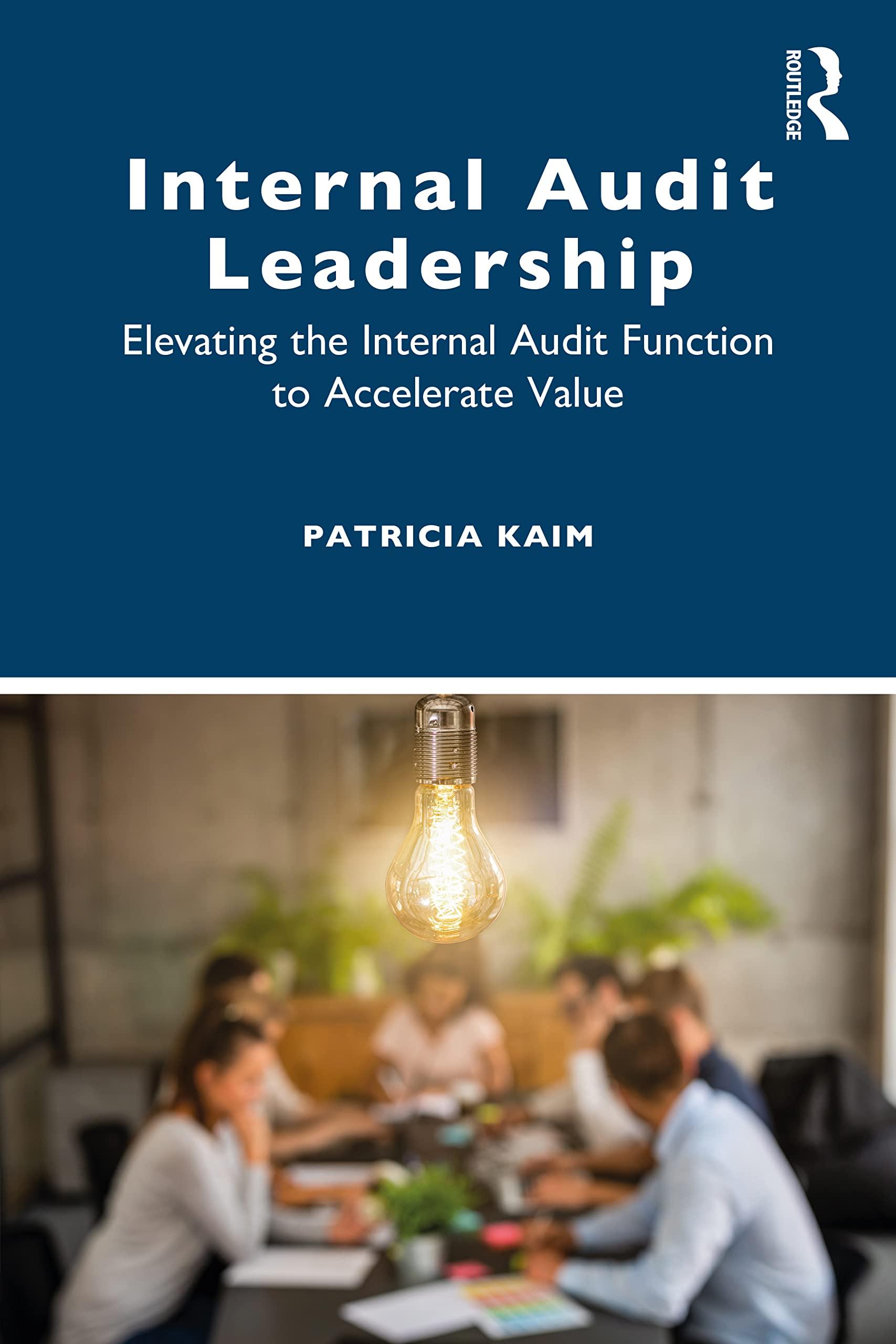Question 41 (1 point) Under U.S. tax law that allows taxpayers to deduct interest expense, an increase in inflation increases the real interest rate and the after-tax real rate of interest. O increases the real interest rate and the after-tax real rate of interest. O does not change the real interest rate but raises the after tax real rate of interest. does not change the real interest rate but reduces the after-tax real rate of interest. Question 42 (1 point) Suppose that the real return from operating factories in France rises relative to the real rate of return in the United States. Other things the same, this will O increase U.S. net capital outflow and decrease French net capital outflow. decrease U.S. net capital outflow and increase French net capital outflow, only increase U.S. net capital outflow. only increase French net capital outflow. Question 43 (1 point) Inflation does not affect all prices equally. This ragged inflation causes relative-price variability, and consumer decisions are distorted and the ability of markets to efficiently allocate factors of production is impaired. are distorted, but markets are still able to efficiently allocate factors of production. are not distorted, but the ability of markets to efficiently allocate factors of production is impaired. are not distorted and markets are still able to efficiently allocate factors of production. Question 44 (1 point) Figure 969-369 Domestic Demand Domestic Supply 7 PRICE (Dollars per rose) 4 World Price Tarif 3 2 Word Price 1 100 200 300 400 500 600 700 800 QUANTITY (Roses) Refer to Figure 969-369. Without trade, the equilibrium price of roses is S4 and the equilibrium quantity is 300 roses. O 83 and the equilibrium quantity is 200 roses. Os3 and the equilibrium quantity is 400 roses. Os2 and the equilibrium quantity is 500 roses. Question 45 (1 point) Abble is the main input in the production of Babble. If the price of Abble decreases, then we would expect the demand for Babble to increase. O demand for Babble to decrease. O supply of Babble to increase. O supply of Babble to decrease. Question 46 (1 point) Which list ranks assets from most to least liquid? O Currency, houses, stocks Currency, stocks, houses Houses, currency, stocks O Houses, stocks, currency









